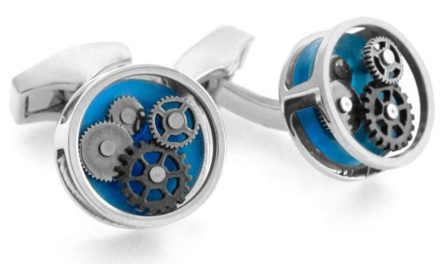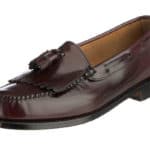Streetstylefashion is hugely inspiring for us all. Our facebook likes are a true example that men do like to see what combinations work and some that don’t’. So the look is real and he is owning it? How does a guy get to this point? How do men shop? Here are the real facts by Retail Week.
Men don’t like clutter and being bombarded with ideas. They want to get to where they want to be as quickly as possible.
“The biggest misconception is that men don’t like shopping,” says Danielle Pinnington, founder of shopper research firm Shoppercentric, which has carried out extensive research into how men shop. “They love having bought something. They just don’t like the process. It’s a subtle difference, but an important one.” When Shoppercentric asked what was the most money they have ever spent to impress a partner, for instance men averaged £391 in comparison with women, who averaged £131 on their partner. What’s more, 14% of men spend over £200 on a partner’s birthday present compared to just 4% of women.
Research by customer insight firm Nunwood supports the idea that when men spend, they spend big.
A study it carried out before Christmas concluded that men seem less affected by the ongoing economic uncertainty than women. On average they planned to spend 1% more last Christmas, versus women who said they planned to spend 8% less than the previous year.
Other research from Nunwood suggests that men are less bothered about bargains. “Men are much less worried about the recession,” says Nunwood head of shopper insights Craig Ryder. “They operate in a bubble because they’re not managing the weekly budget. They’re slightly divorced from the problem,” he says.
Changing demographics also have an impact on male spending power. One factor, Ryder points out, is that people are staying single longer and settling down later in life. Secondly, younger male shoppers are less likely than ever to conform to any stereotypes about men and shopping. Pinnington says: “It does look like young men in particular are starting to display more female shopping habits. They see it as more enjoyable and are more open to being entertained,” she says.
In Shoppercentric’s research, nearly a quarter of those aged 18 to 24 agreed that they love making shopping a social event with their friends, compared with a 12% male average. Nunwood suggests similar trends, and describes the ‘millennial generation’ – sometimes referred to as the ‘eighties babies’ generation – as being more engaged with the whole shopping experience. “They’re much more defined by the brands they wear and the gadgets they own,” says Ryder. “The moment you address the millennial generation, the difference between men and women becomes much less than what it was.”
Men as Focused Shoppers
- 49% of men agreed that they only like to shop if they know what they are going to buy, compared with 38% of women
- 49% of men agreed that shopping for them is about getting in and out, compared with 32% of women
- Men were very clear on what they dislike about many stores – overcrowding, extensive queues or those that don’t hold their interest
- Men appeared more likely to visit independent stores than women: 20% of men visit their local independent stores once a week, whereas women prefer to go every couple of weeks (19%)
- Men said they don’t like to dither about decisions. On a non-food shopping trip, 36% of men visit one or two stores compared with only 23% of women. 4% of men will visit 10 or more shops versus 11% of women
- 31% of men often buy from the first shop they visit versus 23% of women
Source: Shoppercentric, based on the views of 1,001 male shoppers
The New Generation
- The younger generation (18- to 24-year-olds) do not conform to most male shopping cliches
- 63% of this group are often reminded in store of something they want to buy, versus a 48% male average (and 67% of women)
- 38% buy an unplanned item, compared with a 25% male average and 30% of women
- 24% of men aged 18 to 24 (and 22% of men aged 25 to 34) agree with the statement that they love making shopping a social event with their friends, compared with a 12% male average and 22% of women
Source: Shoppercentric
How they click Men and online shopping
- 54% of men browse the internet every couple of days, compared with 47% of women
- The average online browse (non-food shopping) for both men and women lasts 30 minutes to an hour (30% of men and 31% of women)
- The typical number of sites viewed is very similar between the sexes – 84% of men and women surf between one and five sites per browse
- Of websites visited regularly by the respondents, price was cited by 53% of men as the most important factor in shopping there, followed by product choice at 15% and quality of products (14%). Least important were delivery options and product information (1% each)
Source: Shoppercentric
To find out more about how men shop check out this fabulous article by Retail Week.

One of our followers 2014

Almost every man on this planet would be happy with a swanky new gadget – have they discovered the wonders of Gear Hungry yet?















